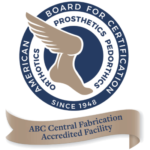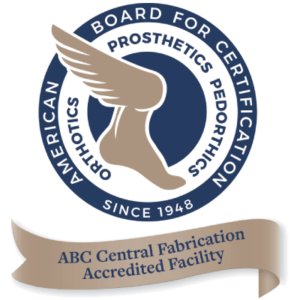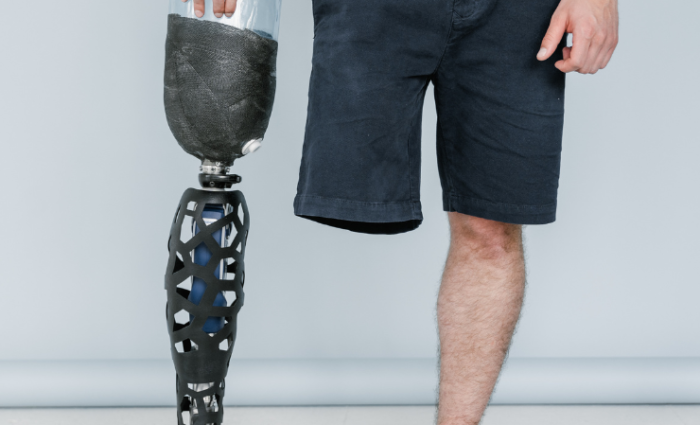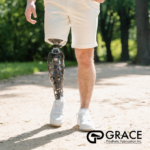How exactly do prosthetic leg sockets help patients walk and move?
The field of prosthetic manufacturing has seen tremendous advancements over the years, particularly in the design and functionality of prosthetic leg sockets. For doctors and specialists, understanding the biomechanics of these prosthetic devices is essential to ensuring optimal fit and functionality for prosthetic users.
This guide post delves into the critical aspects of prosthetic leg socket biomechanics, providing insights that can enhance patient outcomes.
The Importance of Prosthetic Leg Socket Fit
A well-fitting prosthetic leg socket is fundamental to the comfort and functionality of prosthetic leg devices. The socket serves as the interface between the residual limb and the prosthetic device, and its fit directly impacts the user’s comfort, mobility, and overall quality of life.
Key factors in achieving a comfortable fit include the distribution of pressure, the shape of the socket, and the volume of the residual limb.
Biomechanics of Socket Fit
Pressure Distribution
Proper pressure distribution within the socket is crucial to preventing skin breakdown and discomfort. Uneven pressure can lead to pressure sores and other complications, particularly for knee amputees.
Doctors must ensure that the socket design allows for even pressure distribution across the residual limb.
Socket Shapes and Design
Prosthetic sockets come in various shapes and designs, tailored to the needs of the individual. custom socket design is pivotal for long-term comfort and effective weight bearing.
The socket shape should accommodate the unique contours of the residual limb, enhancing the prosthetic fit.
Adjustable Sockets
Adjustable sockets are becoming increasingly popular due to their ability to adapt to changes in limb volume. This adaptability is crucial as the residual limb can fluctuate in size throughout the day.
Adjustable sockets help maintain a consistent, comfortable fit, reducing the risk of skin breakdown and enhancing the prosthetic user’s comfort.
Suspension Systems
A secure suspension system is essential for maintaining the position of the prosthetic leg socket during movement. Various suspension methods, such as suction, vacuum, and pin-lock systems, can be employed depending on the user’s needs and the specific design of the prosthetic socket.
A well-designed suspension system ensures that the prosthetic device remains securely attached, providing stability and confidence to the user.
The Role of Test Sockets
Before finalizing a prosthetic leg socket, a test socket is often used to evaluate fit and function. This step, known as a check test, allows for adjustments to be made before the final prosthetic socket is fabricated.
The test socket enables doctors and specialists to assess the socket fit, weight bearing capacity, and suspension system effectiveness, ensuring the final product meets the patient’s needs.
Innovations in Socket Design
Recent advancements in socket design focus on enhancing comfort and functionality. Lightweight materials, advanced manufacturing techniques, and digital modeling have revolutionized prosthetic manufacturing.
These innovations enable the creation of sockets that are not only more comfortable but also more durable and better suited to the dynamic needs of prosthetic users.
Long-Term Considerations
For long-term prosthetic users, the durability and adaptability of the prosthetic leg socket are critical. Regular follow-ups and adjustments are necessary to accommodate changes in the residual limb and ensure ongoing comfort and functionality.
Specialists should emphasize the importance of periodic assessments to address any issues with socket fit and prevent complications.
Contact Grace Prosthetic Fabrication for Prosthetic Leg Socket Development
Understanding the biomechanics of prosthetic leg sockets is vital for doctors and specialists dedicated to improving the lives of prosthetic users. A focus on pressure distribution, socket design, adjustable features, and effective suspension systems can significantly enhance the comfort and functionality of prosthetic leg devices.
By staying informed about the latest advancements in prosthetic manufacturing, healthcare professionals can provide the highest level of care, ensuring that their patients achieve optimal outcomes with their prosthetic leg sockets.






